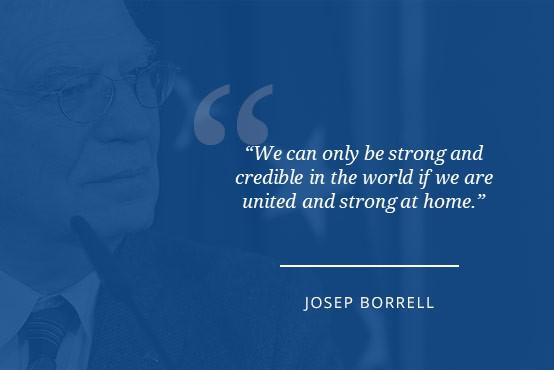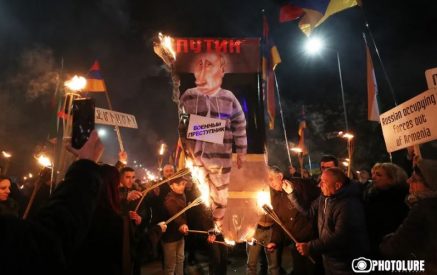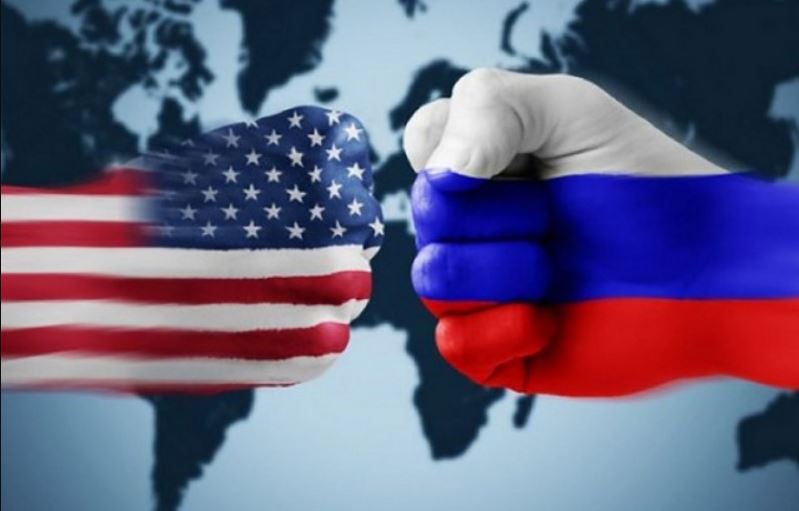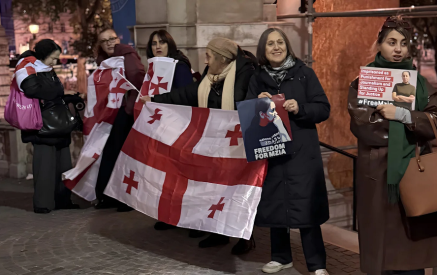After tough negotiations, EU leaders agreed an ambitiously funded recovery package. With this deal, the EU demonstrates its internal resilience and solidarity. This is vital for European citizens but it also provides the basis for Europe to engage the wider world. Our internal unity determines our external strength.
EU leaders have reached a historic agreement with a bold recovery plan and a deal on a new seven-year EU budgetary framework. I have witnessed the negotiations all over the weekend. They were long and sometimes hard, especially on the overall sums and modalities for disbursement. In a way, this is inevitable: the stakes were high and in the European Council every leader fights for his or her country’s interests and perspectives.
However, the key point is that the deal gets the big things right: it allocates large sums to support those countries that have been hit hardest by the pandemic and its economic and social consequences.
The most significant decision that leaders took was to enable the EU to borrow funds on the capital markets, on behalf of the whole EU, for a total of €750 billion. It is hard to overstate the historic significance of this. Contrary to what has often been said, the EU has already borrowed several times on the financial markets, but never such amounts: € 750 billion represents almost 6% of this year’s EU GDP. The creation of this significant common European debt marks a major break in the history of the European Union, which some have likened to a “Hamiltonian moment” in reference to what happened in 1790 in the United States, althougn the differences are significant. Indeed, this means that we now feel sufficiently interdependent and united to make commitments together for the coming decades. This is something we’ve been reluctant to do so far. In other words, we have taken a big step forward in the organisation of solidarity in the EU.
Read also
After the usual haggling, leaders settled on a so-called ‘Next Generation EU’ package with € 390 billion in grants and €360 billion in long-term loans, with priority in the distribution for the economies that are struggling the most, to support their economic recovery and resilience. If you add the regular EU budget that will have a total of € 1,074 billion for seven years, one gets a total package of € 1,82 trillion.
The length of the negotiations and some of the positions that individual countries took, have attracted a fair amount of criticism. But it is worth pausing to reflect on just how sizeable these sums are. And for sure there is nowhere else on the planet where a group of countries has agreed to pool resources at anywhere near the level that the EU does. If one adds the earlier decisions with € 100 billion allocated for unemployment insurance, € 200 billion from the European Investment Bank plus € 1,3 trillion in pandemic emergency support from the European Central Bank, the overall response by the EU ‘system’ is impressive, in terms of both size and speed at which it has been agreed.
But, as usual, there was a price to pay. One is that, due to conflicting positions among different camps, heavy cuts were made in the Next Generation EU plans to the sums originally proposed for important forward-looking subjects, like research, innovation, health, digitalisation and the climate transition. President von der Leyen has rightly expressed her regret at these cuts which would have funded truly common EU projects. Another setback is the increase in national rebates which in turn meant that the cuts that were made hit disproportionally those programmes that would have funded EU-level public goods.
In the area of external relations, the outcomes include a confirmed allocation for the Neighbourhood Development and International Cooperation Instrument of € 70,8 billion and € 9,8 billion for humanitarian aid. In the area of security and defence, the final sums agreed are: €7 billion for the European Defence Fund, €5 billion for the European Peace Facility, €1,5 billion for military mobility, and € 13 billion for the EU’s space programmes.
In short, on the external front there have been sizeable cuts compared to the original Commission proposals, with especially severe reductions in the area of security and defence. While not a surprise, this outcome is less than what the Commission and the EEAS had hoped for.
Based on the sums that have now been allocated to external spending, sharp prioritisation will be essential to make sure we get the greatest impact for the EU. We will also have to go further in developing our Team Europe approach, where EU institutions, member states and financial institutions pool resources together, to ensure we collectively get the greatest return and visibility on our spending.
Our influence in the world of course depends on having the necessary budgetary resources; but it also depends on the level of internal cohesion we are able to demonstrate. We can only be strong and credible in the world if we are united and strong at home. In this respect, the agreement on the recovery package is a big asset for our foreign policy, even if the result is perhaps disappointing in strictly budgetary terms for those in the EEAS and the Commission that are tasked with strengthening Europe’s role in the world.
The next stage in the process will be to hammer out a final deal with the European Parliament, which will have to give its consent. We have to see how the Parliament will react, for instance on some of the cuts identified above or the linkage with respect for the rule of law.
Overall the agreement is a major, positive development. Given where we were in March, we have taken a huge step forward in making sure Europe comes out of the crisis stronger.
European Union




























































